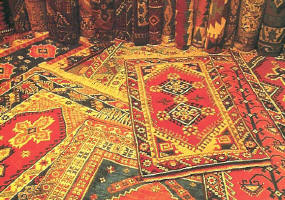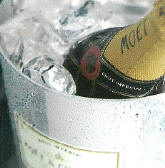 |
|
 |
 |
 |
|
|
Rouen, France |
844-442-7847 |
|
|
Awaiting Your Return From Shore |
Settled by the Celts, Rouen really flourished in the Middle Ages. In a
natural amphitheater on the Seine, the capital of Normandy is important as a
commercial and cultural center. As a result, it was the target of sieges and
sackings. During the English occupation in the Hundred Years’ War, Rouen
gained celebrity when Joan of Arc was burned at the stake here in 1431. The
city’s worst devastation was caused when bombings in World War II reduced
much of the commercial and industrial center to rubble. Today the city is a blend of ancient and modern. Rouen expanded outward during the 20th century with the development of industries; its increasingly busy port is now the fourth-largest in France. Rouen is known as the City of a Hundred Spires; many of its important edifices are churches. The most magnificent one is the Cathedral of Notre Dame, a masterpiece of French Gothic architecture immortalized in Claude Monet's series "Cathedrales de Rouen." Surrounding the large square are picturesque half-timbered houses with steeply pointed roofs. The wealth of architectural treasures and the ambience of Rouen’s historic center will impress any visitor. Exploring the narrow, cobbled streets in the old quarter is a must. The giant clock above the archway spanning the Rue du Gros Horloge is a focal point and famous emblem. Rouen is connected to the sea by the Seine Valley. The city serves as a starting point for trips to Paris and to Norman castles and abbeys. |
Awaiting Your Return From Shore |
|
|
|
|
|
|
||
|
|
|
|
|
Complimentary Spirits Await |
Return to Your Suite and Sail Away to The Next Adventure |
Entertainment and Dancing Await You |
|
|
|
|
|
844-442-7847 |







